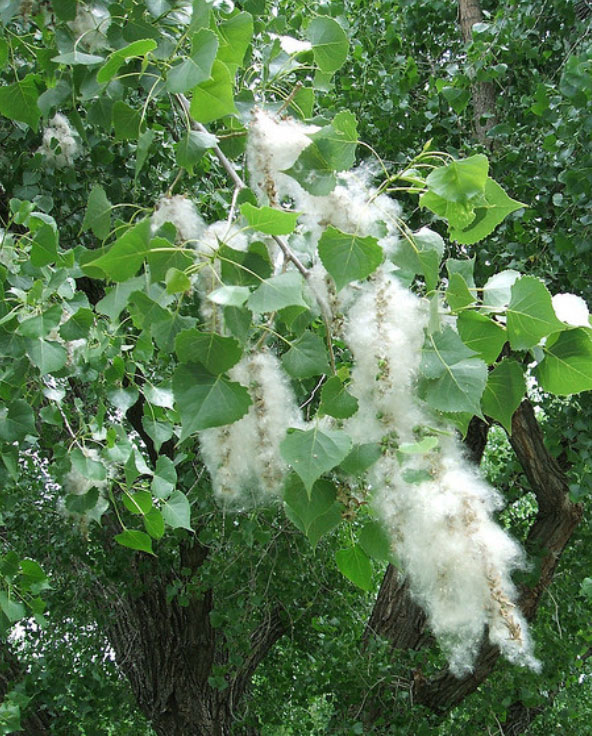Pollen counts
A pollen count or a mold count is based on the measurement of the number of grains of pollen or mold spores in a cubic meter of the air. The higher the count, the greater the chance that people suffering from hay fever will experience symptoms when they are outdoors or exposed to outdoor air.
If you are planning to work outside for a few hours, taking a look at pollen counts in your area can help you know what to expect. However, keep in mind, even if your app or website or news program shows a high pollen count, it doesn’t always mean that you will have a reaction equal to the level of pollens.
That’s because there are different kinds of pollen spread by grasses, weeds, and trees and you likely have different reactions to each one of those. Different plants pollinate at different times of the season. For instance, tree pollen for juniper, poplar and ash are early in the spring in our area, while sage is usually Mid-August to September. When you know your specific allergies, it can help you prepare, avoid, and cope.
At Allergy Clinic – Idaho, we can test for specific pollens and help you find relief from your symptoms.
This is one benefit of allergy testing. Call Allergy Clinic – Idaho today for an appointment.
Click here for current pollen counts for the Treasure Valley:
Also, we offer immunotherapy to help your body become desensitized to the pollens.

